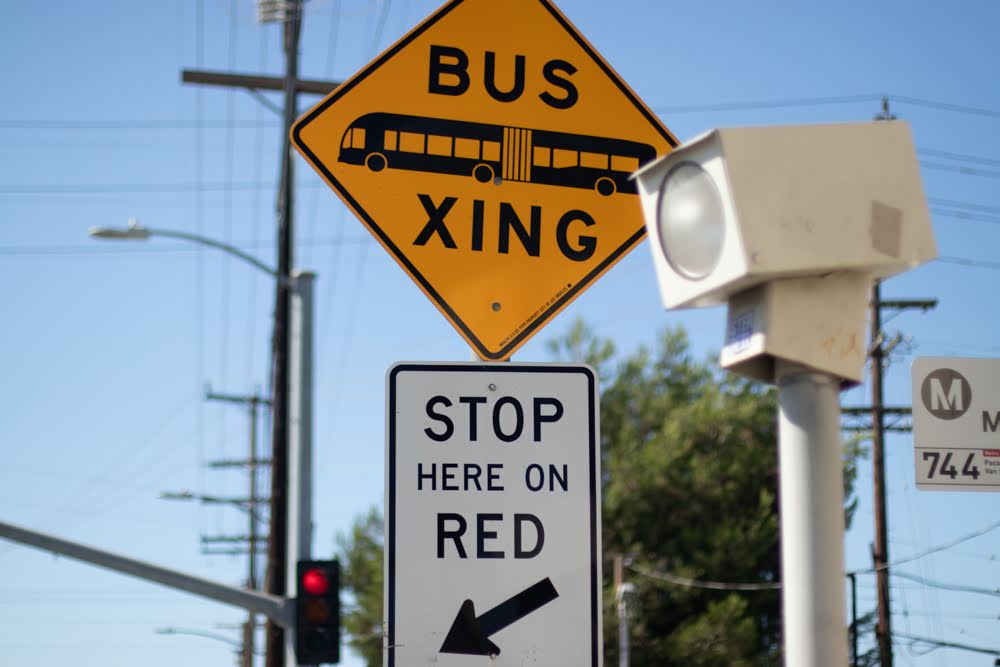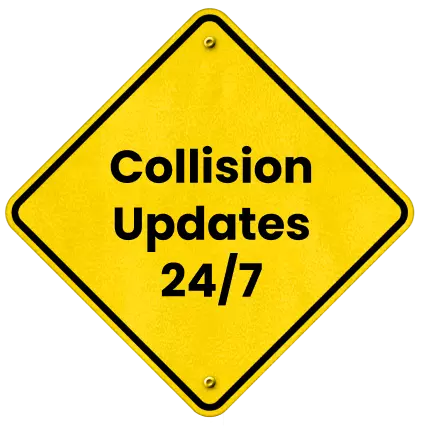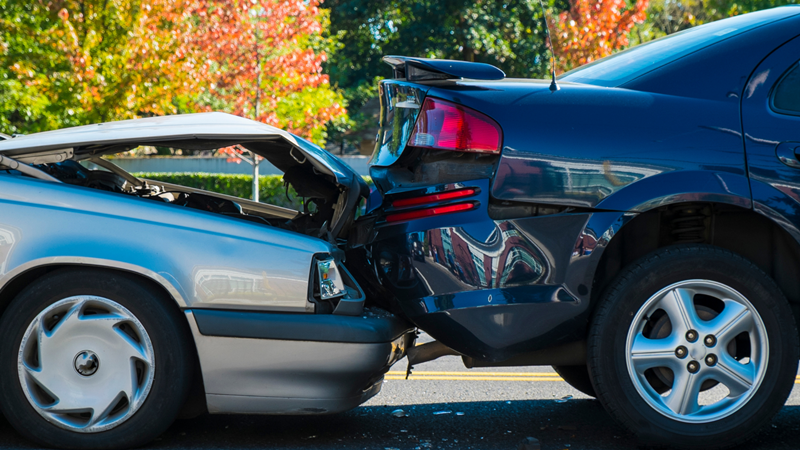
Bus vs. Truck Collisions on I-5: Determining Fault in High-Impact Crashes


Interstate 5 (I-5) runs the length of the West Coast, from the Mexican border in San Diego to the Canadian border in Washington. It serves as one of the nation’s most important commercial and commuter routes, carrying thousands of trucks, buses, and passenger vehicles each day. With so many large vehicles sharing the road, serious collisions involving buses and semi-trucks are unfortunately not uncommon. These high-impact crashes often result in catastrophic injuries, complex liability questions, and extensive investigations to determine exactly what went wrong.
Understanding how these collisions occur, who may be at fault, and what legal steps victims can take is essential for anyone affected by an I-5 bus or truck accident.
The Reality of High-Impact Collisions on I-5
I-5 is one of the busiest highways on the West Coast, moving millions of tons of freight each year while also serving as a major route for public and charter buses. Between San Diego, Los Angeles, Sacramento, and Seattle, traffic congestion, high speeds, and long-haul fatigue combine to create conditions ripe for serious crashes.
According to data from the California Highway Patrol and the National Highway Traffic Safety Administration (NHTSA), hundreds of commercial vehicle crashes occur annually along the I-5 corridor. Many involve heavy trucks colliding with buses or passenger vehicles, often leading to multi-vehicle pileups. Because both buses and semi-trucks weigh tens of thousands of pounds, the sheer force of impact in these crashes can be devastating.
Common factors in I-5 bus and truck accidents include:
- Lane changes in congested or construction zones.
- Driver fatigue during long interstate routes.
- Brake or tire failures under heavy load conditions.
- Poor visibility during early morning or late-night travel.
- Speeding or following too closely in traffic slowdowns.
Even a single error, such as a truck drifting slightly into another lane or a bus driver overcorrecting, can trigger a catastrophic chain reaction on this high-speed corridor.
Size, Weight, and Collision Severity
When a fully loaded commercial truck and a passenger bus collide, the severity of the outcome is largely determined by the significant size and weight imbalance between the two vehicles. A fully loaded 18-wheeler can weigh as much as 80,000 pounds, while a standard motorcoach or city bus typically weighs between 25,000 and 40,000 pounds. This discrepancy means that in most collisions, the bus absorbs the majority of the impact, resulting in serious injuries for passengers.
The taller structure of a bus also makes it more susceptible to rollovers, especially if the impact occurs at an angle or during a sideswipe crash. Truck drivers, on the other hand, may experience cab intrusion or lose control of their vehicles, leading to jackknifing during emergency maneuvers.
These high-impact collisions on I-5 often result in catastrophic consequences, including passenger ejections in buses without seatbelts, cargo spills or hazardous material leaks from trucks, rollover events that block multiple lanes, and fires triggered by ruptured fuel tanks. Because such crashes often occur at highway speeds, emergency response efforts can be extremely challenging. In rural or mountainous stretches of I-5, limited access for rescue vehicles can delay medical attention and complicate recovery efforts, further increasing the risks for everyone involved.
Determining Fault: Driver Error vs. Mechanical Failure
One of the biggest challenges in investigating an I-5 bus truck accident is determining whether human error, mechanical failure, or a combination of both caused the crash.
Driver negligence remains a leading factor. Truck drivers may exceed their allowable service hours, leading to fatigue, slower reaction times, and poor judgment. Bus operators may become distracted, misjudge braking distances, or fail to adjust for weather or traffic conditions. In some cases, both drivers share fault due to simultaneous errors, such as one vehicle merging improperly while the other was speeding or tailgating.
Mechanical issues like brake failure, worn tires, or steering malfunctions also play a major role. Federal Motor Carrier Safety Administration (FMCSA) regulations require both trucks and buses to undergo routine maintenance and pre-trip inspections. However, skipped safety checks or improper repairs can lead to catastrophic results.
In recent years, several I-5 crashes have been traced back to maintenance negligence, where a worn brake pad or under-inflated tire contributed to a fatal accident. Mechanical evidence, such as inspection logs, repair records, and component testing, often becomes central to liability determinations.
Federal Regulations and Compliance
Both truck and bus operators traveling on I-5 are required to follow strict federal safety standards established by the Federal Motor Carrier Safety Administration (FMCSA). These regulations are designed to reduce accidents and ensure that commercial drivers operate their vehicles safely and responsibly. They cover a wide range of areas, including driver qualifications, vehicle maintenance, and limits on driving hours to prevent fatigue.
One of the most important FMCSA rules is the Hours of Service (HOS) regulation, which limits how long a commercial driver can operate a vehicle without rest. These limits are intended to reduce fatigue-related crashes, a major cause of serious accidents on busy highways like I-5. Another key requirement involves daily vehicle inspections—drivers must perform both pre- and post-trip checks and maintain accurate inspection records. This ensures that any mechanical issues are identified and repaired before they lead to dangerous failures on the road.
In addition, all commercial drivers are subject to strict drug and alcohol testing rules. Random testing helps ensure that drivers remain fit to operate large vehicles that can cause severe damage in a crash. The FMCSA also enforces weight and load restrictions to prevent overloading, which can strain braking systems, increase the risk of tire blowouts, and make trucks harder to control.
When a company or driver fails to comply with any of these federal regulations, it can serve as clear evidence of negligence in a civil lawsuit. Known as negligence per se, this legal concept allows courts to treat the regulatory violation itself as proof of fault, strengthening the case for crash victims seeking compensation for their injuries and losses.
The Importance of Evidence in I-5 Crash Investigations
Proving fault in a high-impact collision involving a bus and a truck requires extensive evidence collection and analysis. Because these crashes are often severe and involve multiple parties, legal teams must act quickly to preserve data and witness accounts.
Critical forms of evidence may include:
- Electronic logging device (ELD) data showing driving hours and speeds.
- Dashcam or surveillance footage from nearby vehicles or rest stops.
- Maintenance and inspection records for both vehicles.
- GPS data documenting routes and stops.
- Skid marks, debris patterns, and accident reconstruction reports
- Testimony from passengers, witnesses, and first responders.
In many cases, both the bus company and the trucking carrier may share partial responsibility, making it essential to identify all liable parties early in the investigation.
Legal Options for Victims
Victims of I-5 bus and truck crashes, including passengers, other motorists, or pedestrians, have the right to seek compensation for their injuries and losses. Depending on the facts, claims may be brought against one or multiple defendants, such as the driver, the transportation company, a maintenance contractor, or even a parts manufacturer.
Recoverable damages can include:
- Medical expenses and ongoing rehabilitation.
- Lost income and reduced earning capacity.
- Pain, suffering, and emotional trauma.
- Property damage and vehicle replacement,
Given the scale of these accidents, victims often face long recoveries and significant financial burdens. Working with attorneys experienced in commercial vehicle litigation ensures that every avenue for compensation is explored, from insurance claims to potential federal regulatory violations.
Contact an I-5 Accident Attorney
Collisions between buses and trucks on I-5 are among the most serious and complex cases in transportation law. With multiple liable parties, overlapping federal regulations, and severe damages often involved, these cases demand detailed investigation and experienced legal guidance.
If you or a loved one has been injured in a bus or truck accident on I-5, it’s important to speak with an attorney who understands the unique challenges of interstate crash claims. A lawyer experienced in I-5 accident cases can help you gather critical evidence, determine liability under federal and state laws, and pursue full compensation for medical expenses, lost income, and long-term recovery needs.
Don’t wait to protect your rights after a serious collision. Contact a qualified I-5 accident attorney today to discuss your case, understand your options, and take the first step toward holding negligent parties accountable.







